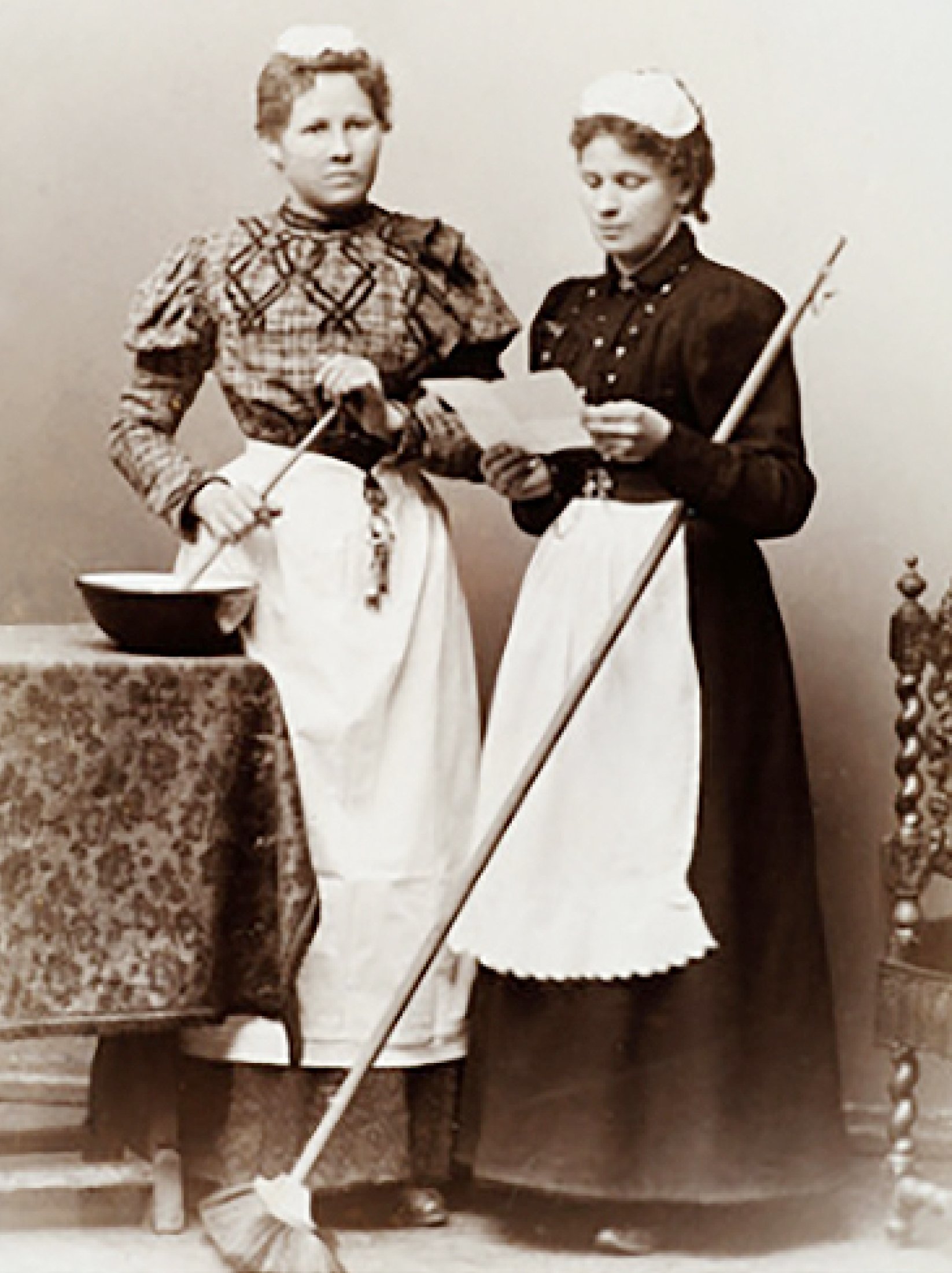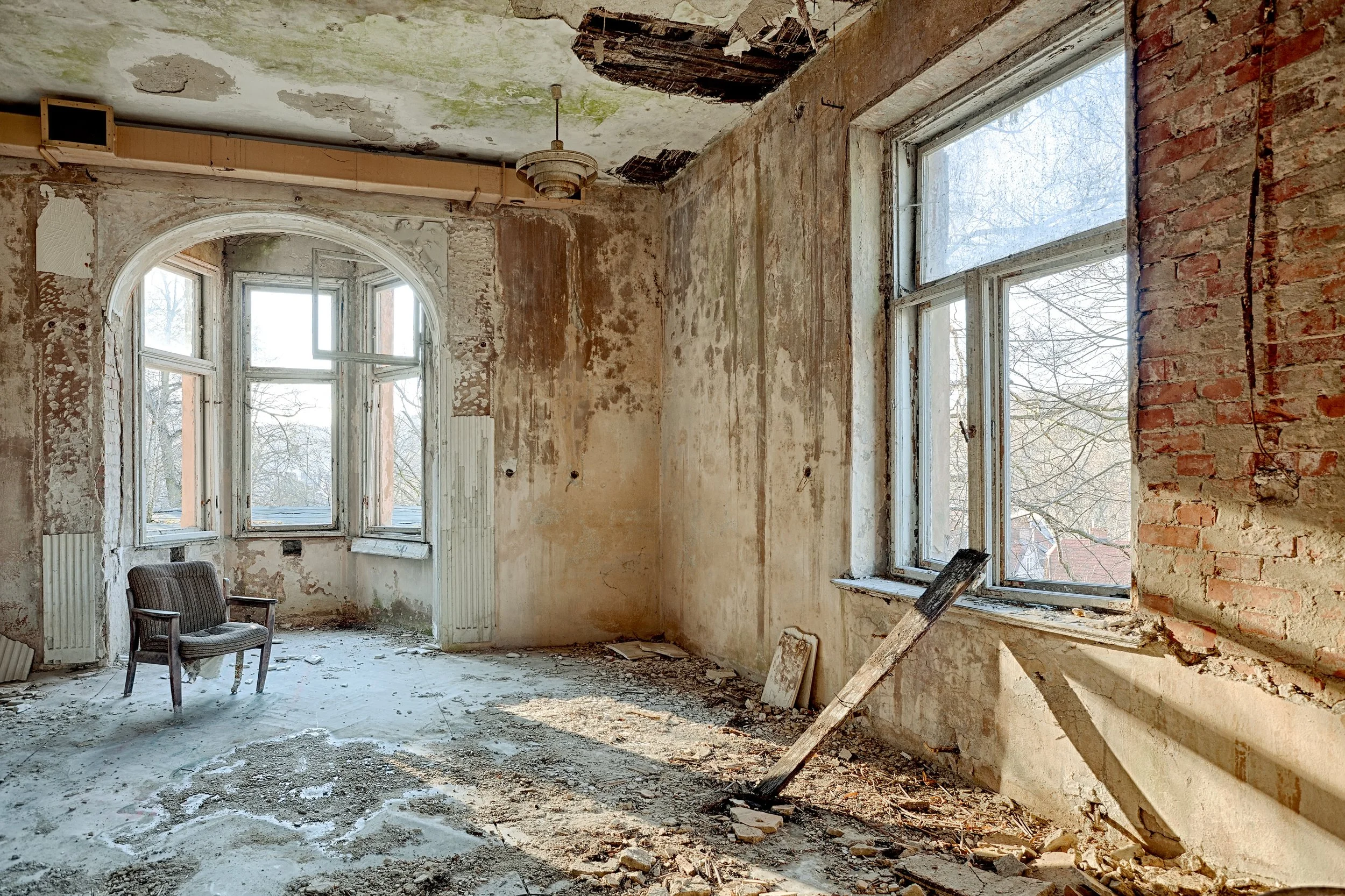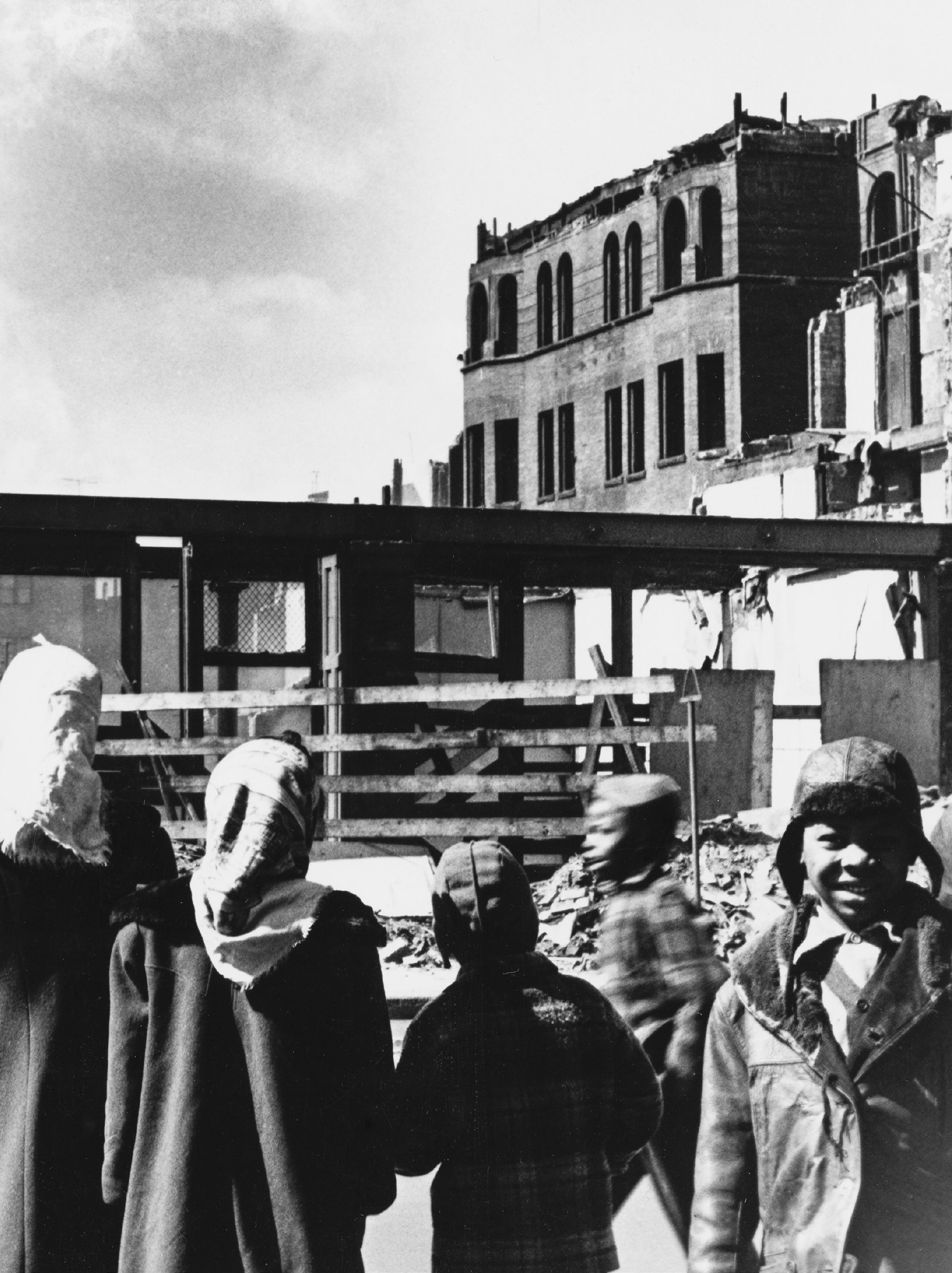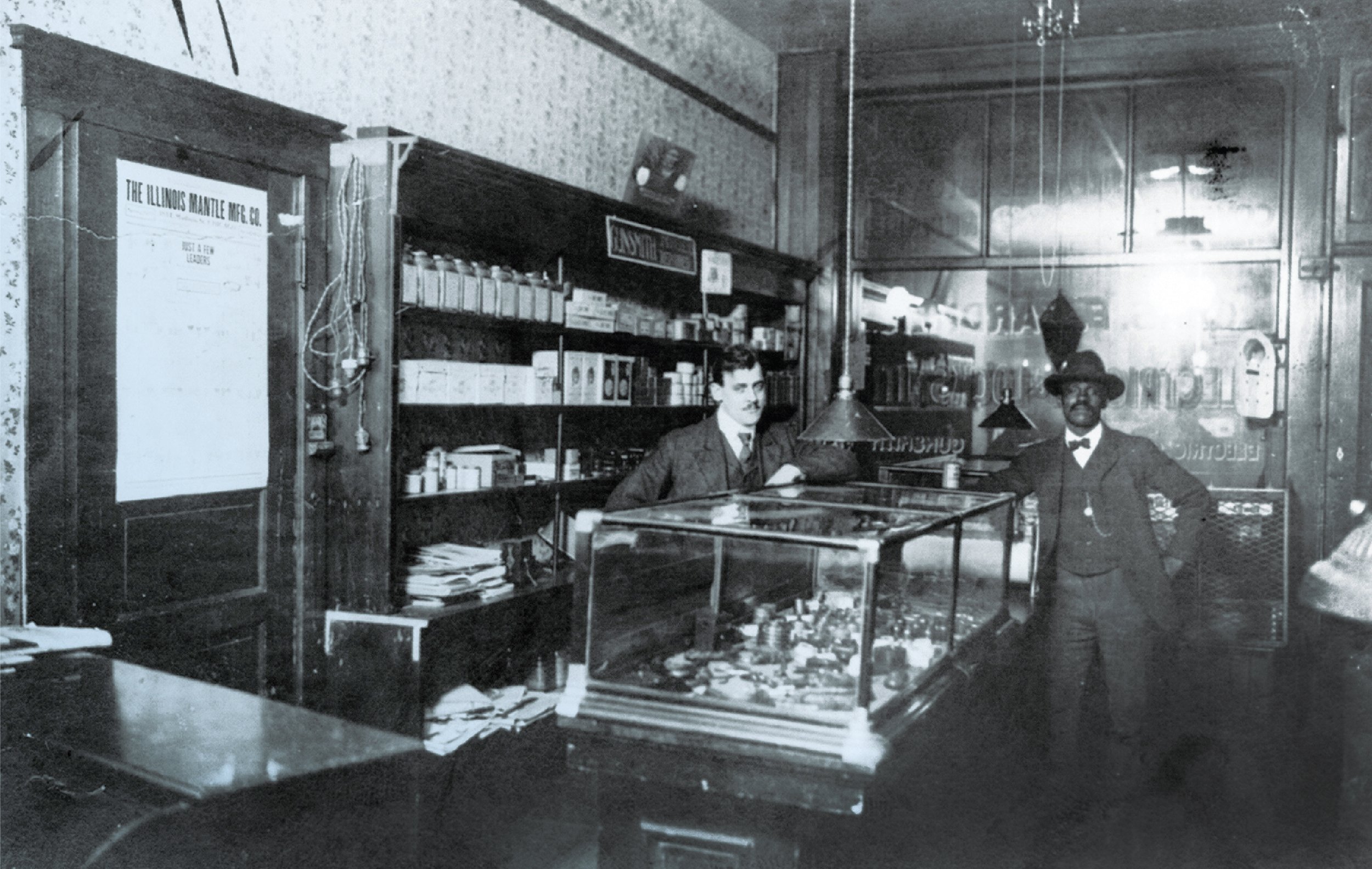The Land: Zhegagoynak / Chicago
Archaeological investigations of the Chicago area have produced materials accounting for ten thousand years of indigenous occupations, with the Euro-American documentary record beginning in 1634 with French exploration in Green Bay, Wisconsin. But indigenous oral traditions account for an even deeper history. To understand the City Beyond the White City, we must begin with Zhegagoynak.
-

Land Acknowledgment
The Board of the Charnley-Persky House Museum acknowledges that the Charnley-Persky House sits on a threshold between ceded and unceded land that is the traditional homeland of the Potawatomi (Bodéwadmi/ Neshnabek).
-

“Reclaiming” the Land
“Chicago” comes from an Algonquian word commonly translated as “wild onion”; in Potawatomi it is Zhegagoynak. The landscape was significantly altered through construction, demolition, and episodes of landfill. Using urban refuse as fill to raise low-lying areas and to create new land was an essential component in Chicago’s growth.
-

Who gets what land, and where?
The Pokagon Potawatomi were not the only Chicagoans whose claim to land was mediated by federal, state, or municipal bodies. Restrictive covenants, redlining, blockbusting—all of these practices and more unequally shaped Chicago.
“That from time immemorial…the Pottawatomie Indians were the owners and in possession as a sovereign nation, as their country, of large tracts of land around and along the shores of Lake Michigan...”
FROM WILLIAMS ET AL. v. CITY OF CHICAGO ET AL.
The City Beyond the White City: Introducing the Sites
Chicago’s 1893 World’s Columbian Exposition was nicknamed the “White City” because of its white-painted structures, but this significance is also symbolic of the exclusionary practices and racist ideologies that were on display at the Fair and that extended beyond the fairgrounds to the Charnley House and the Mecca Flats.
-

World's Columbian Exposition
Chicago’s Jackson Park was “the center of the world” between May and October 1893 when approximately 12 to 16 million individual sightseers visited and revisited the area to experience the 1893 World’s Columbian Exposition.
-

Charnley-Persky House
Designed by Louis Sullivan with assistance from his junior draftsman, Frank Lloyd Wright, the Charnley-Persky House (1891-1892) is recognized as a pivotal work of modern American architecture. But its architectural significance is only the beginning of its story.
-

Chicago's Mecca Flats
Willoughby J. Edbrooke and Franklin Pierce Burnham designed the Mecca Flats in 1891 as a new form of urban apartment living on Chicago’s developing south side. Bounded by 33rd and 34th Streets, Dearborn, and State Streets, the four-story Mecca Flats was the world’s largest apartment building when it opened in 1892.
Why Focus on Race?
Late-19th-century racial ideologies are not always central to discussions of sites of architectural significance. But to understand people’s experiences of the built environment on three scales—the neighborhoods, the buildings, and the objects they left behind—we have to start with the racial ideologies that suffused the 1893 Fair to see how they were made material at home.
-

Masamichi Kuru’s Ho-o-den Palace
A gift from the Imperial Japanese Commission to the United States, the tripartite Ho-o-den (“Phoenix”) Palace was one of the most popular attractions at the 1893 Fair. Masamichi Kuru, Government Architect of Japan, supervised a team of builders.
-

Simon Pokagon and The Red Man's Rebuke
Simon Pokagon (c. 1830-1899) presented a copy of The Red Man’s Rebuke to the mayor of Chicago at the 1893 World’s Columbian Exposition’s Chicago Day.
-

Ida B. Wells et al.'s Treatise The Reason Why
Anti-lynching activist and journalist Ida B. Wells-Barnett (1862-1931) headed up a group of writers who delivered this powerful protest about the lack of Black representation at the 1893 World’s Fair.
“Why are not the colored people, who constitute so large an element of the American population, and who have contributed so large a share to American greatness, more visibly present and better represented in this World’s Exposition?”
Ida B. Wells, THE REASON WHY…
The World’s Fair as Marketplace
“Fairs were venues within which to display the growing and changing material world. Serving an overt cultural mission with their architecture, art, and technological innovation, they can be understood as pedagogical moments for many Americans, teaching them what and how to consume, and to what end.” (Graff 2020:22).
-

Products from the Fair
Many of the organizers of the World’s Fair lived in the Gold Coast neighborhood where the Charnley House is located. From two archaeological excavations we know that products introduced at world’s fairs were consumed by people in that neighborhood.
-

Special Objects from Charnley House
All the artifacts that were unearthed through the archaeological excavations at the Charnley House are important because they provide information about the people who lived there, but some objects are “special” in other ways.
-

The Mecca as World’s Fair Hotel
Although the Mecca Flats were designed to be apartments, a certain number of rooms were set aside for use as a hotel during the 1893 World’s Fair.
Consumption, health, and Sanitation
Contrary to what might be expected, the people who lived and worked in the Charnley House and in the Mecca Flats at the turn of the 20th century shared similar challenges to their health and sanitary infrastructure—ones that defied a simple socioeconomic pattern.
-

The Right to Clean Water
In the years after the 1893 Fair demonstrated a more sanitary future for city dwellers, most Americans still did not have reliable access to safe water supplies.
-

Safe Food and Medicines
What ingredients are there, exactly, in that vial of infant medicines? That bread flours feels strange—is it made from wheat, or is that chalk in it? These were not untypical questions for Americans before 1906 when there was no regulations on the safety of the various medicines and foods they purchased and consumed.
-

Garbage and Waste Disposal
We often forget, in 21st-century Chicago, how many different people and institutions work every day to remove household and city waste. Many of us don’t even know where our trash ends up, but those in the 19th century certainly did.
“It is easy for even the most conscientious citizen of Chicago to forget the foul smells of the stockyards and the garbage dumps, when he is living so far from them that he is only occasionally made conscious of their existence...”
JANE ADDAMS, TWENTY YEARS AT HULL-HOUSE (1910)
Women, Children, and the Domestic Sphere
Ideologies of the domestic sphere and the women, domestic servants, and children who formed it, were undergoing a rapid transformation. Racialized notions of American womanhood, in part impacted by the ratification of the 20th Amendment, played out differently at the three sites.
-

Notable Women from the Three Sites
Nancy Green and Sophia Hayden; Helen Charnley and Marion Stephens; Madame Nobia A. Franklin and Gwendolyn Brooks. These women, some better known than others, each highlight the social history that converges around the sites.
-

Bronzeville and Gold Coast Children
There were no children recorded in the decennial censuses as living in the home on 1365 N. Astor Street until the 1930s, when the children of James B. and Sarah Waller—James Jr. (3) and Robert (1)—were noted. But James and Helen Charnley had had three children—Douglas (born ), Helen (born 1876), and Bettie (born 1878).
-

Racialization of Domestic Laborers
The female servants who worked in the Charnley-Persky House and the women of the Mecca Flats, many of whom found employment in domestic positions throughout Chicago and its elite suburbs, reflect a distinct pattern of racial, ethnic, and national origins in domestic service.
“Beautiful hair is not a matter of luck: It depends entirely on proper care with use of proper preparations.”
MADAME NOBIA A. FRANKLIN, FOUNDER, N.A. FRANKLIN MFG. CO., 3342 S. STATE STREET
Urban Renewal and Cultural Transformation
Mid-20th-century federal and state urban renewal programs built upon the slum clearance legislation of the 19th century, destroying countless historic structures and vital neighborhoods largely without considering the interests and desires of the affected communities. Some of the most egregious examples of this in Chicago took place in Bronzeville, but the Gold Coast also experienced this destruction.
-

Urban Renewal and the Gold Coast
Even the Charnley House was not immune to threats of destruction from urban renewal programs. In the 1970s, it was threatened with demolition when its current owners sought to cash in on the lucrative high rise apartments being built along the Gold Coast.
-

Urban Renewal and Bronzeville
In Chicago many of these urban removal projects were instigated and aided by area universities—the University of Chicago, UIC, and, notably for tour focus on the Mecca Flats, the Illinois Institute of Technology—who sought to remove “blight” from their expanding campus environs.
-

Racialized Product Advertising
The use of racial and often racist imagery to sell products has a long history in the US.
Threatened multiple times with eviction by the Armour Institute/IIT, the tenants of the Mecca Flats organized a grassroots protest. This 1950 photograph shows one of many meetings.
“Negro business means negro employment…It means nothing more than deliverance from the social, political and economic slavery.”
Lucius William Washington, The CHicago Negro Business Men and Women, 1912
Architectural History + Historical Archaeology
The structures themselves—the Charnley-Persky House and the Mecca Flats—set the stories of those who lived there in motion. But ultimately, we see this project as an intervention between unpeopled architectural histories and narrativity about race and racism in Chicago that lacks a connection to the built environment and human experiences of place, not least the historic experiences of racism in Chicago. Archaeological insights plus architectural histories help to get us there.
-

Behind the Scenes at the Digs
Over 28,000 artifacts—a subset of which are featured in this exhibit—were recovered from the two seasons of excavation led by Dr. Rebecca Graff of Lake Forest College.
-

For Further Reading
The sources used in researching the exhibition are presented here, along with related links of interest.
-

The Society of Architectural Historians
Founded at Harvard University in 1940, the Society of Architectural Historians is a nonprofit membership organization that serves an international network of institutions and individuals who, by profession or interest, focus on the history of the built environment and its role in shaping contemporary life.








